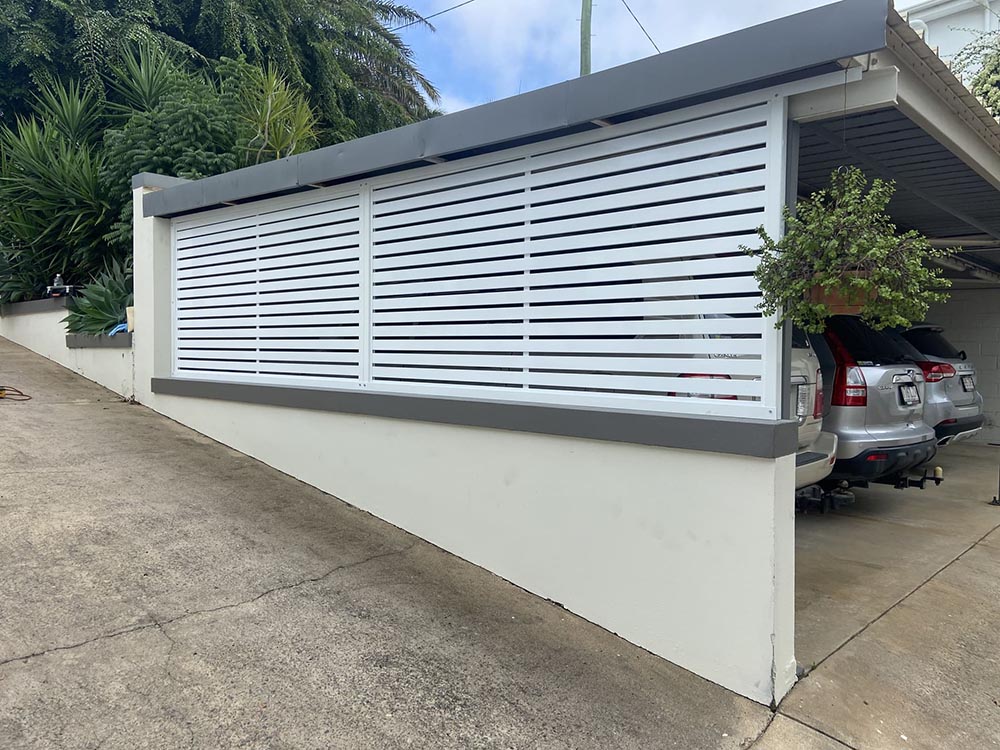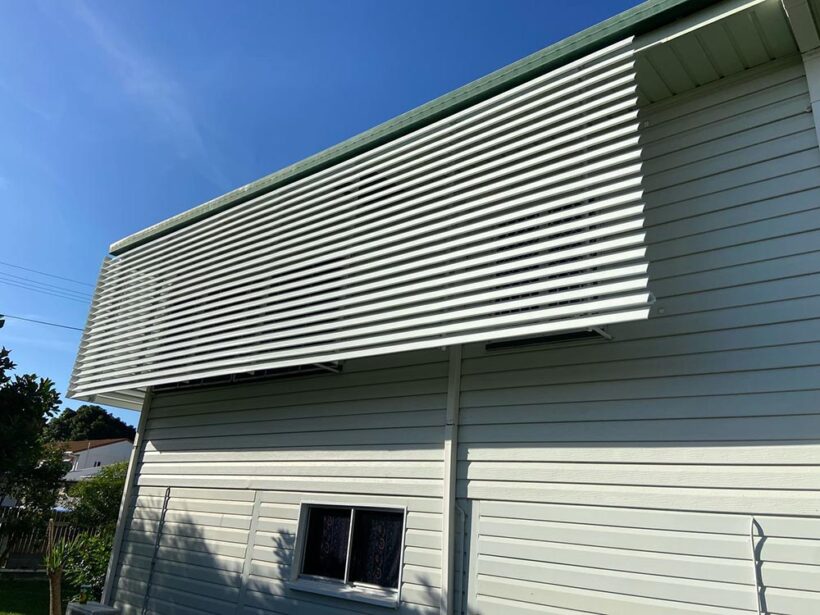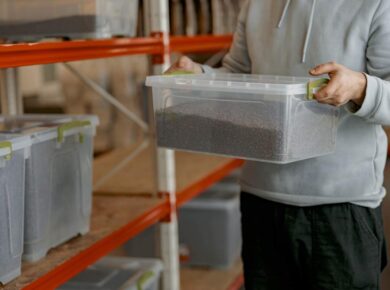Outdoor blinds are a popular addition to any Australian home, providing shade, privacy, and protection from the elements.
If you’re considering installing outdoor blinds of your own, you may have some questions about their waterproof capabilities, which is the best choice between PVC and fabric materials, and how to clean them effectively.
In this article, we’ll explore these issues further and provide insights to help you make the right decision between material and maintenance.
Are Outdoor Blinds Waterproof?
First of all, are outdoor blinds waterproof? Is there a special paint for outdoors?
As you may have guessed, yes, some outdoor blinds can be waterproof, but it depends on the material choice and quality of construction. Here’s what you need to know:
- PVC Outdoor Blinds: PVC (polyvinyl chloride) blinds are inherently waterproof. They are designed to repel water and are ideal for areas that experience heavy rain or water splashes. This material choice provides excellent protection against rain and are easy to clean.
- Fabric Outdoor Blinds: while not inherently waterproof, many fabric outdoor blinds are treated with water-resistant coatings. These coatings help repel water to a certain extent, making fabric blinds suitable for mild weather conditions. However, during heavy rain or extended exposure to moisture, fabric blinds may become saturated and allow some water penetration so they will need the appropriate level of maintenance as a preventative measure.

Are Outdoor Blinds Better with PVC or Fabric?
The choice between PVC and fabric outdoor blinds depends on your specific needs and preferences:
- PVC Outdoor Blinds:
- Pros:
- Waterproof: PVC blinds offer superior water resistance, making them suitable for areas with high rainfall or water exposure.
- Durability: PVC is a sturdy material that withstands harsh weather conditions and provides long-lasting performance.
- Easy to Clean: PVC blinds can be easily wiped clean with a damp cloth or hosed down for regular maintenance.
- Cons:
- Limited Breathability: PVC blinds do not allow air circulation, which may lead to heat build-up in enclosed areas.
- Limited Design Options: PVC blinds typically come in a limited range of colours and styles.
- Pros:
- Fabric Outdoor Blinds:
- Pros:
- Aesthetics: fabric blinds offer a wide variety of colours, patterns, and textures, allowing for advanced customisation and enhancing your outdoor aesthetic.
- Breathability: fabric blinds allow airflow, reducing heat build-up while still providing shade and privacy.
- Versatility: fabric blinds can be more flexible and easier to operate, allowing for partial or full opening as desired.
- Cons:
- Water Resistance: while some fabric blinds are treated for water resistance, they are not as effective as PVC in repelling water.
- Maintenance: fabric blinds typically require more frequent cleaning and maintenance to avoid dirt accumulation and potential mould growth.
- Pros:
Do Outdoor Blinds Go Mouldy?
The important question is: do outdoor blinds go mouldy? Outdoor blinds, especially fabric ones, can be susceptible to mould growth under certain conditions. Here’s what you should know:
- Moisture and Humidity: if outdoor blinds are exposed to moisture and humidity for extended periods, mould can develop on the fabric. This is more likely to occur in areas with high humidity or in shaded locations that restrict airflow.
- Lack of Regular Cleaning: failure to clean outdoor blinds regularly can lead to the accumulation of dirt, dust, and organic matter, creating an environment conducive to mould growth.
- Prevention Tips:
- Regular Cleaning: clean your outdoor blinds at least once every few months, or more frequently if necessary, to remove dirt and prevent mould growth.
- Adequate Ventilation: ensure proper airflow around the blinds by partially opening them when not in use.
- Timely Drying: if the blinds become wet due to rain or cleaning, allow them to dry completely before retracting or closing them.

What Is the Easiest Way to Clean Outdoor Blinds?
Cleaning outdoor blinds is a simple task that can be done with basic supplies and a little effort. Here’s a step-by-step guide:
- Gather Supplies: you’ll need a soft brush or sponge, mild detergent, warm water, and a hose.
- Remove Dirt and Debris: use the brush or sponge to gently scrub the blinds, removing any dirt, dust, or cobwebs.
- Prepare Cleaning Solution: mix mild detergent with warm water in a bucket or spray bottle.
- Wash the Blinds: apply the cleaning solution to the blinds, working from top to bottom. Gently scrub using the brush or sponge.
- Rinse Thoroughly: use a hose to rinse off the cleaning solution, ensuring all soap residue is removed.
- Dry Completely: again, allow the blinds to air dry fully before retracting or closing them to prevent mould or mildew.
Conclusion:
Let’s have a quick recap:
- Outdoor blinds are a valuable addition to Australian homes, providing shade, privacy, and protection.
- PVC blinds offer superior waterproof capabilities, durability, and ease of maintenance, while fabric blinds provide versatility and additional aesthetic options. While fabric blinds may not be inherently waterproof, they can still withstand mild weather conditions when treated properly.
- Whatever material you choose, regular cleaning and proper maintenance are essential for both types of outdoor blinds to prevent mould growth and keep them in mint condition.
We hope that you’ve found this article handy and now have a much better understanding of your outdoor blinds and how best to look after them.
If however, you are still thinking about whether or not outdoor blinds are the right move for you, we highly recommend exploring your outdoor blinds installation options.










